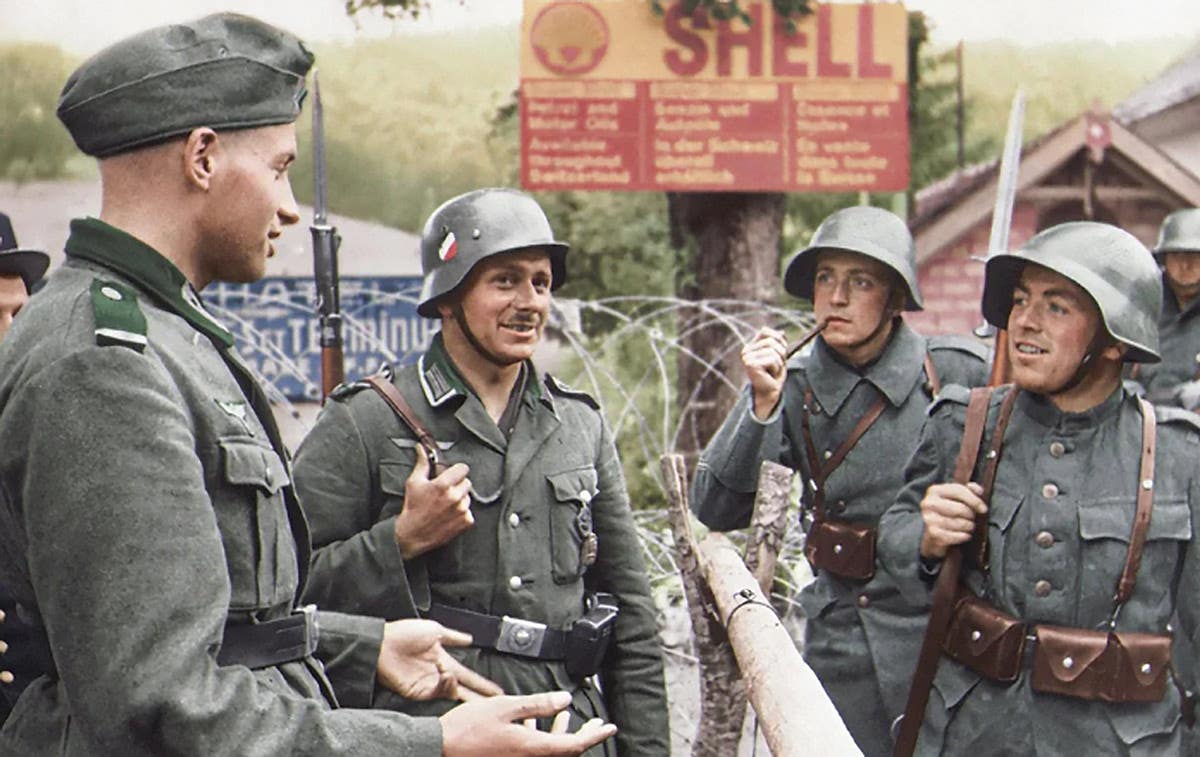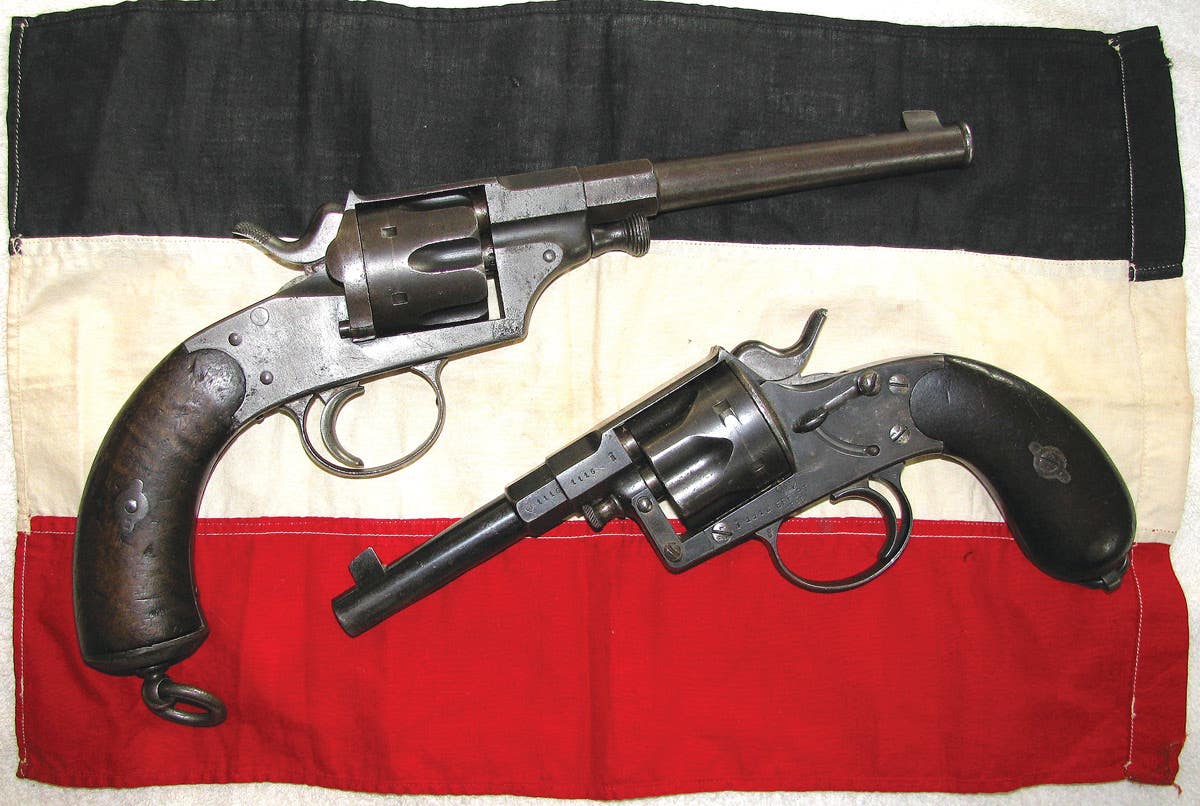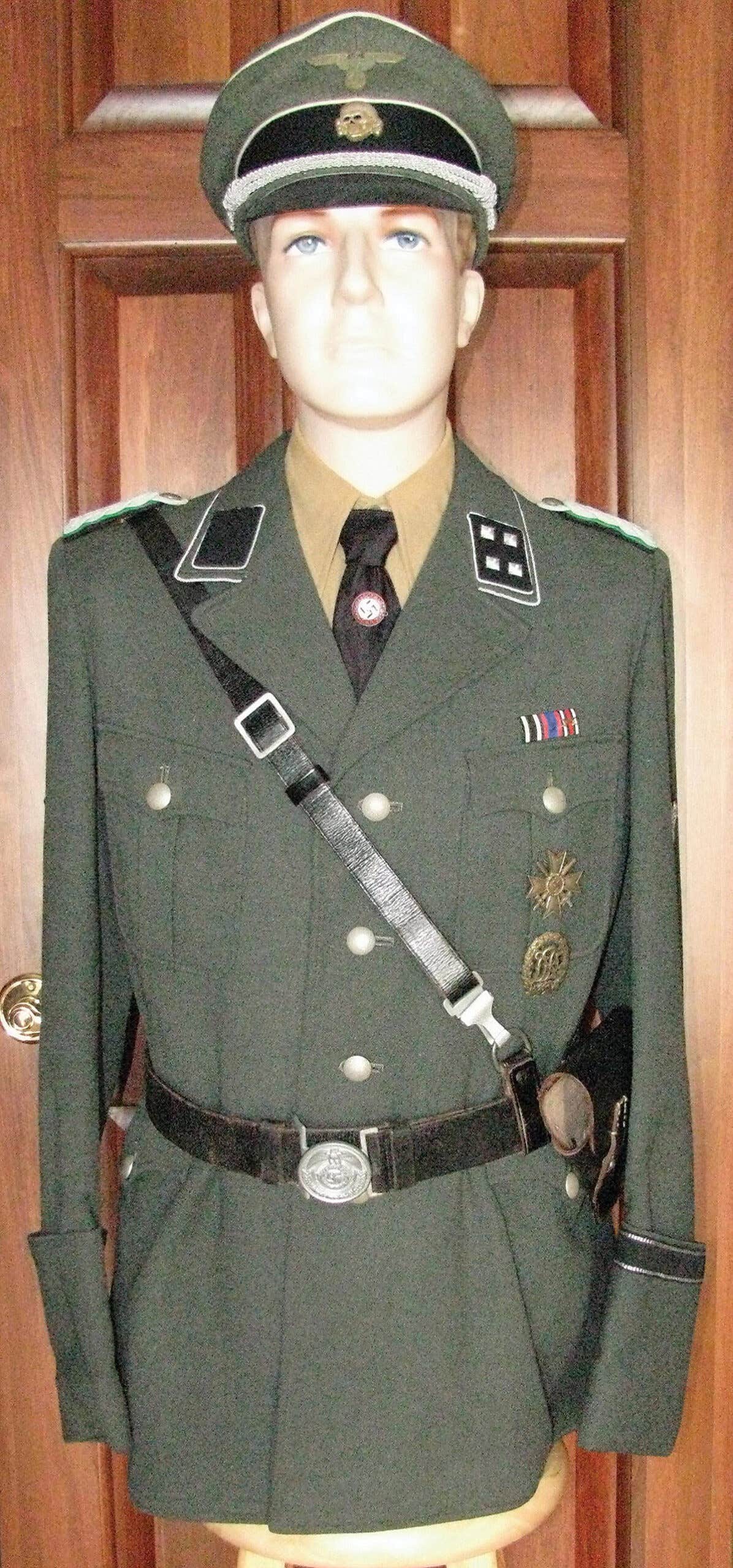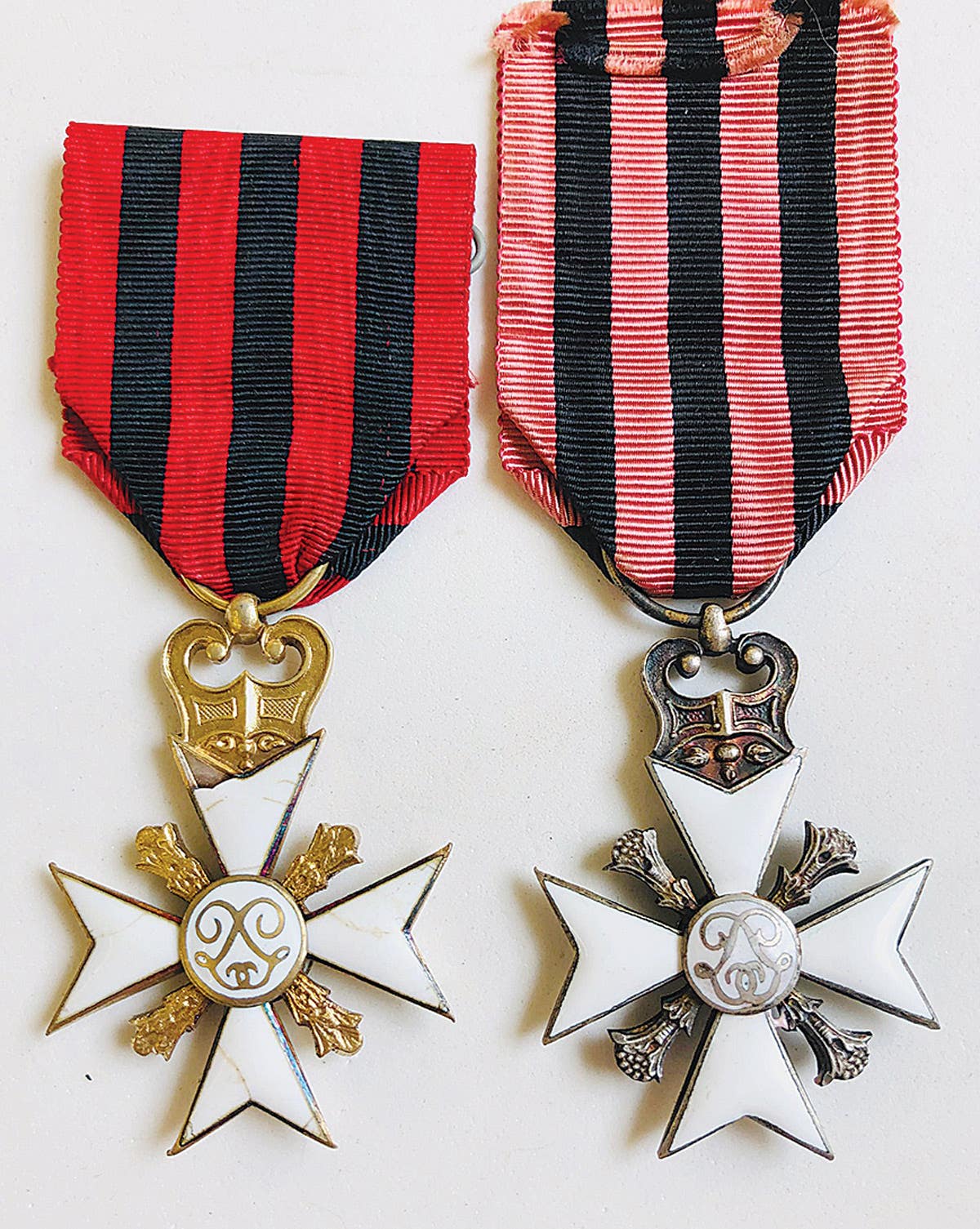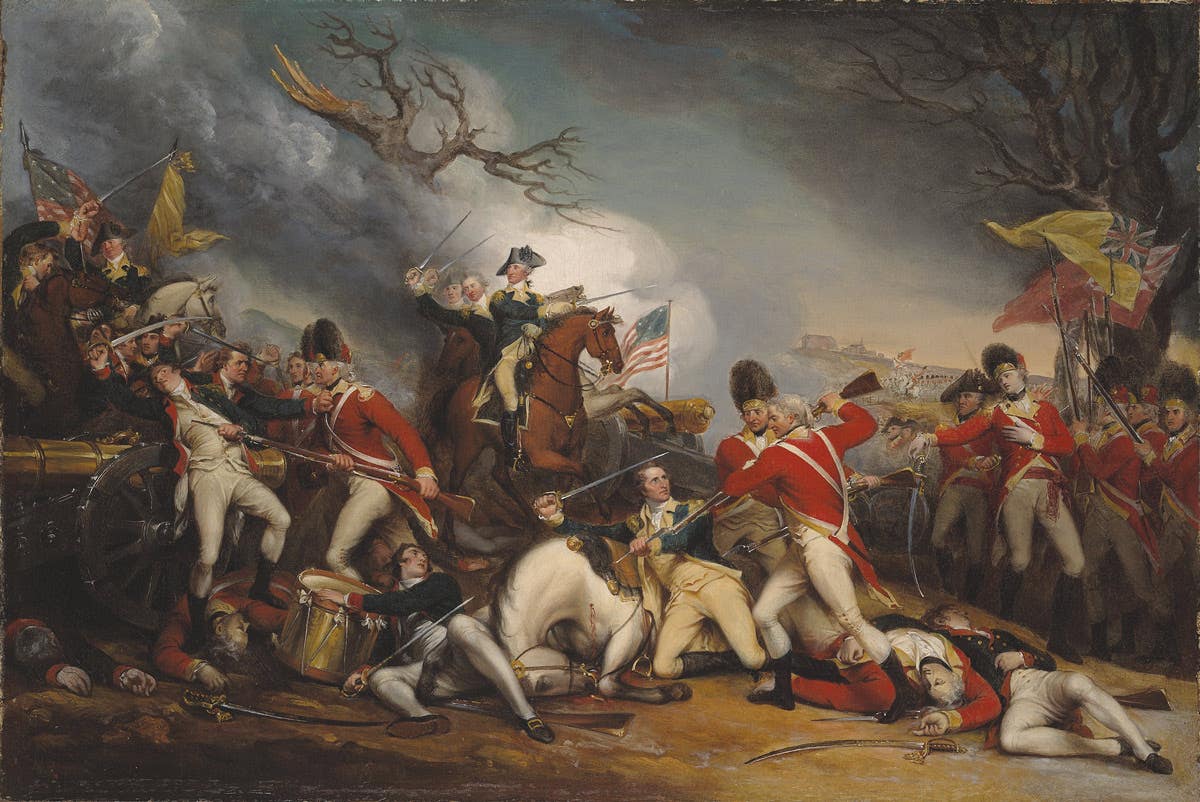A Lion’s Quartet
by John Norris Belgium became a recognized, independent state in 1837, having earlier seceded from the Netherlands and making the unilateral decision to declare itself neutral. Unfortunately, that position did…
by John Norris
Belgium became a recognized, independent state in 1837, having earlier seceded from the Netherlands and making the unilateral decision to declare itself neutral. Unfortunately, that position did not prevent Germany from invading the country twice: In 1914, and again in 1940. Having survived, the nation developed a series of campaign medals and awards for its military forces who fought to defend the country. In addition, the small European nation created a series of special awards to commemorate the civilians who gave their services in the Resistance and to recognize those who were deported during the occupation.
For many years, however, medal collectors did not express much interest in Belgian medals. That has recently changed as Belgian medals begin to become more popular, in part, due to low cost to acquire, but also, because many are becoming aware of the lion-spirited defense the nation threw up in two world wars.
A COLLECTOR’S EXPERIENCE
Belgian medals commemorating WWII are not especially difficult to obtain and prices are still relatively low. During a recent trip to Belgium, I managed to pick up four separate medals for a reasonable price. Being un-named, it is impossible to say if they were all awarded to the same person. However, together they cover the period from 1909 -1945 and create a small, informative display within my larger collection.
Commemorative Medal of the Reign of King Albert I
The first medal is known in French as the Médaille Commémorative du Règne du Roi Albert I, and in Flemish as the Herinneringsmedaille aan de Regeerperiode van Albert I. King Leopold III established the award on February 17, 1962, to commemorate King Albert I who reigned December 23, 1909, to February 17, 1934. It was awarded to members of the Belgian Armed Forces who had served between December 18, 1909, and February 18, 1934, as well asthose serving at the time of its creation. In addition to veterans from the 1914-1918 War, participants in several of Belgian’s colonial campaigns prior to WWII were eligible for the medal.
The bronze medal measures 32mm in diameter with an image of King Albert facing to the right on the obverse. The image is created in relief left profile and shows the king wearing a helmet around which is placed a laurel garland. King Albert personally commanded the Belgian army between 1914 and 1918. Therefore, it is fitting to be shown wearing a Belgian version of the French Adrian helmet and a military overcoat with the collar turned up.
Around the top edge appears the king’s name in capital letters in Latin, ALBERTUS. On the bottom edge in capital letters is the Latin word REX. Together, the words mean, “King Albert.”
The center of reverse is dominated by a large capital letter “A” (for Albert’) in bold relief. Above it is the royal crown and below, are the dates “1909-1934,” the lifespan of the King. The emblem is flanked with a vertical branch of oak leaves to the left and a vertical branch of laurel on the right. On either side, in tiny letters, appears the initials “V.D.” standing for Victor Demanet, the medal’s designer. The medal is suspended from a yellow ribbon 38mm wide with a single green vertical strip 2mm in width running down the center and passing through a suspending ring.
1940–1945 Military Combatant’s Medal
The Belgian army had been mobilized in 1939. At the time the country was attacked,it boasted 550,000 troops. After the country surrendered, many of the troops were imprisoned or deported. Some were more fortunate and escaped to Britain where they were equipped and later return to fight in the liberation in 1944.
The second medal is known in French as the Médaille du Combattant Militaire de la Guerre 1940–1945 and in Flemish as the Medaille van de Militaire Strijder 1940–1945. King Leopold III created it by royal decree on December 19, 1967. Heawarded it to all members of the Belgian Armed Forces who continued to fight from England between 1940 and 1945.
The design in bronze is in a style known as a “Greek Cross,” measuring 38mm across and overlaying a disc that fills in the angles between the arms of the cross. The obverse shows the image of a Belgic lion rampant created in relief and facing to the right. There are no words or any other images.
The reverse shows a vertical broad-bladed sword in the Roman Gladius-style with the blade uppermost. The dates “1940” and “1945” appear on either side of the blade. Again, there is no other imagery or lettering.
The medal is suspended from a 36mm wide ribbon with the colors running equally from either side with a 6mm wide vertical green stripe. This is followed by a red band of 2mm, yellow 3mm and 2mm black stripe to end with a central yellow stripe of 10mm, which combine to represent the national colors of Belgium.
Resistance Medal 1940–1945
During German occupation of 1940-45, resistance movements established across the country. As many as 100,000 people were involved in activities, of which some 19,000 were arrested or killed.
To commemorate these brave men and women, King Leopold III, who was himself arrested and held in captivity by the Germans, issued a royal decree on February 16, 1946, establishing the “Resistance Medal 1940–1945” (known in French as the Médaille de la Résistance 1940–1945 and in Flemish as the Medaille van de Weerstand 1940–1945). All members of the Belgian resistance were eligible for the medal as were the men and women of the intelligenceservice who operated in occupied territories and took part in operations that aided the liberation of Belgium.
Designed by Paul Wissanert, the medal is a bronze disc measuring 39mm in diameter and shows the image of a female upper torso with her head facing to the right on the obverse. Her right arm is held across her body and her hand is clenched to form a fist. The whole image exudes Belgium’s lion-fierce defiance.
The reverse bears a double laurel garland, in the center of which, in capital letters, is the single word, RESISTERE (Resistance) with “1940” above and “1945” below.
The medal is suspended from a ring through which passes a 37mm wide ribbon comprising of three colors. Down each edge runs a vertical green stripe 4mm in width with a central black band of 29mm. Overlaying this are two vertical red stripes each 1mm wide and set 5mm apart. The colors of the ribbon are said to have symbolic significance, with the black denoting either the dark days of the German occupation or the clandestine nature of the resistance, depending on one’s point of view. The green edges represent the hope of liberation, while the red stood for the blood shed by members of the resistance.
An Unofficial “Deportee” Medal
During the German occupation, about 145,000 Belgian nationals were sent to Germany as forced labor in factories or other industries. This is in addition to more than 40,000 Jews and other prisoners who were also deported.
The fourth medal in this group is a bit unusual, but by no means, rare. It is one of manyunofficial Belgian medals that were presented to military personnel deported to Germany as “defaulters.”
E. Brackenier, who also designed the Service Medal for the Congolese 1951-53, created this unofficial, bronze medal in the early 1950s. The obverse depicts two male figures, from the waist up, engaged in a struggle. The figure on the left, with shirt sleeves rolled up, holds a large hammer. His left hand is clenched in a fist. The figure on the right wears a military uniform. His left hand is grasping the other man’s wrist. His shirt sleeve appears to have a Swastika. He is indicating the other man’s departure with a pointed index finger. It is very symbolic of struggle between oppressor and oppressed in Belgium between 1940 and 1945.
The reverse carries the name of the medal in English and Flemish around the circumference in capital letters: COMMEMORATION DEPORTATION. DEPORTATIE HERDENKING. In the center are two horizontal bars in between which are eight laurel-style leaves. Above is the date “1942,” and beneath the lower bar, the date “1945.”
It is slightly larger than official medals and is suspended from a blue ribbon which is dived into three sections by two vertical white stripes. It is un-named and, being unofficial, it carries no reference to either the state of Belgium or King Leopold III.
None of these medals is particularly expensive to obtain. Whereas I chose these four types to form a “Belgian Quartet” from the time of the reign of King Leopold IIII, collectors may decide to create something similar, but using different medals from the same period. It comes down to a question of personal choice and, of course, budget.
In fact, looking at the result, I may even create another such set of medals for display!



